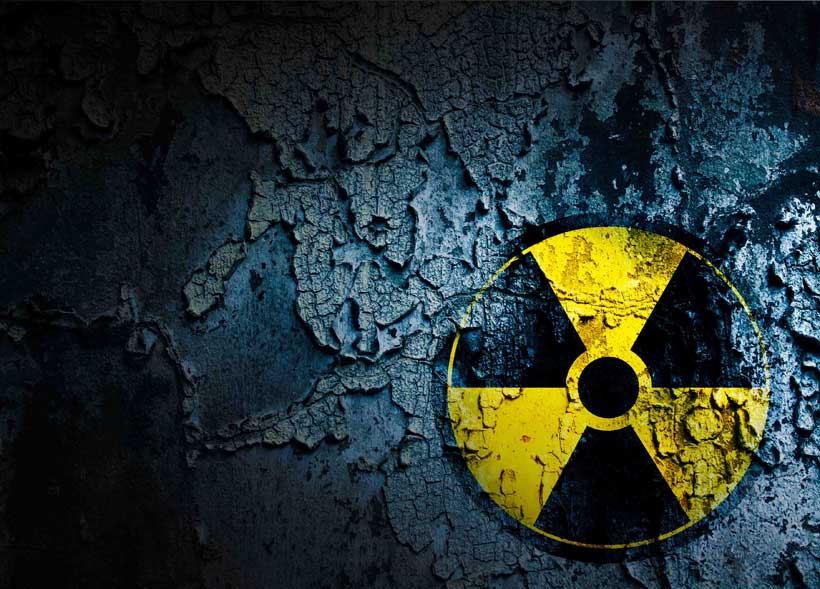
Nuclearization Of South Asia: Where Do We Stand Now?
by Sher BanoPakistan-India relations have continued to deteriorate since the nuclear test of May 1998. Both the states have faced numerous crisis during which the nuclear weapons have played a very important role. Nuclear weapons have been an effective deterrent force and kept the conflicts from blowing into all-out war. All the recent events suggests that there is a dire need to take transitional measures to reduce the nuclear risks. Nuclear weapons are confusing pieces of technology as their efficiency of destruction is best established when they are not deployed and yet in the same breath, they are to be used when required. This dilemma is further demented when one state is enemy with the other on almost everything. Escalation is both inevitable and perhaps one of the most devastating missteps in nuclear deterrence; one that requires an impressive level of trust. To achieve such a barrier, conventional rivalries need to be revisited, caution needs to be reinstituted and communication needs to be uninterrupted.
From Massive Retaliation of John Foster Dulles to McNamara’s Assured Destruction, nuclear bipolarity changed faces and paved ways for agreements and treaties to replace escalation and deployments. From direct engagements to proxies, from installation of hotlines to breaking ice and bilateralism, even when there was hope the world still endured in fear of an all-out devastation. Still, after all this, what lessons were learnt? How was ‘responsible nuclear weapons state’ defined? More importantly, what was the yardstick beyond which no state possessing such technology dare not tread? States possessing nuclear weapons technology decided not to escalate beyond a certain point and declared that no matter the trust deficit, they were supposed to always adhere to bilaterally settle their disputes. Even after two decades of nuclearization Pakistan and India, admirers of nuclear learning and experts of nuclear deterrence, perhaps were and might still are devoid of such bilateral convictions.
Looking at all the crisis situations in past most importantly the 1999 Kargil conflict, where the things escalated too quickly under nuclear overhang the question arises whether South Asia learnt anything on how close the Kargil was to a showdown of unimaginable proportion? Talking about more recent event ‘Pulwama’, Whatever happened after Pulwama in 2019 cannot be merely set aside as an emotional rhetoric, it was an actual sub-conventional engagement which had the potential to escalate. Like Kargil Pulwama was a chance to reexamine exactly what went wrong for things to go this far. Instead, India initiated overhauling of its force posture and Pakistan played along. South Asia went from Cold Start to Tactical Nuclear Weapons, from asymmetric confrontations to trans-border infiltrations and from hostilities at Line of Control to Abhinandan’s failed leap for glory. Instantly, everyone started crying war with no one to vouch for peace. What we see now is Indian prompted continued escalatory trajectories, distorted sense of stability, a desperate call for third-party mediation and a complete lack of bilateralism.
Nuclear deterrence, in its generic understanding, requires engaging parties to manifest caution while communicating their strategic posture. Confidence Building Mechanisms in that regard are important but as standalone systems are usually inefficient in dealing with their desired results. Soviet Union’s iron curtain is what caused Cuban Missile Crisis but even a man like Khrushchev realized what could have happened and resorted to engaging with Kennedy. For Narendra Modi and his cabinet, the idealized fog of war cast by an iron curtain of fear/ compellence is much more desirable than a chance at cooperation/dialogue. Bilateralism via Track-II might be fruitful but considering how much we distrust one another, it’s highly likely that all such actions would eventually be put to unnecessary speculation of possessing vested interest. Pakistan and India might not resort to an all-out confrontation but their trust deficit is enough to keep low-yield kinetic engagements alive. Pakistan fears for a false flag terrorist activity from India while India is wary of Pakistan trying to internationalize what it considers to be a bilateral issue.
In the past we have seen that issues between India-Pakistan are never resolved instead the hostility has increased so much that mitigation of the conflict looks like a farfetched idea. Both states need third party to get running the wheel of diplomatic engagement. Nuclear strategy is not a circular motion rather it is a spiraling affair with each turn graduating it to a new occasion whilst remaining hinged to a singular immovable point of connection. If nuclear deterrence keeps rotating without graduating, it tends to wear out its capacity to deter. What happens next is either another Kargil or something even worse. Pulwama, like Pathankot was a chance for both states to engage positively whilst maintaining their adversarial relationship and even now things are, in a way, plausible for this to occur. Threat, in this context, is how the current trajectory is moving from trust deficit to zero tolerance which can lead to incalculable repercussions.
If both India-Pakistan do not learn any lesson from the past then the future might not be very welcoming. . Nuclear deterrence is as important as it is frightening and Mutually Assured Destruction is almost certainly a final outcome if bilateralism is sacrificed at the altars of diplomatic inflexibility. An arms race without restraint is as dangerous as an uncontrolled escalation of sensitive flashpoints and both strategies are corrosive if taken without mutual consent.